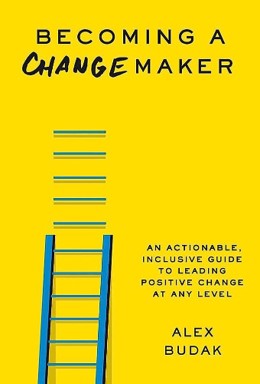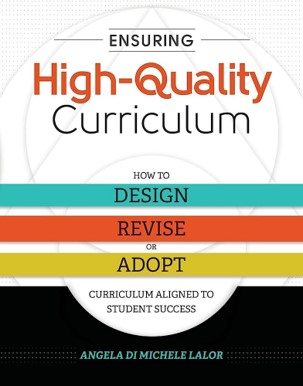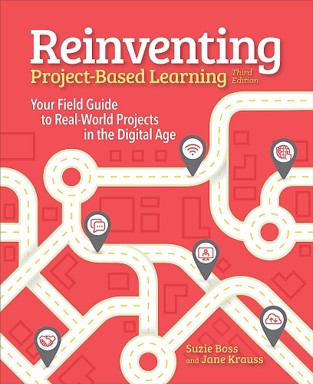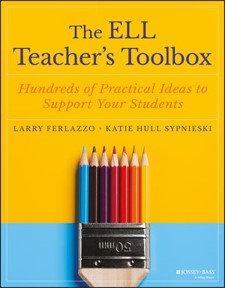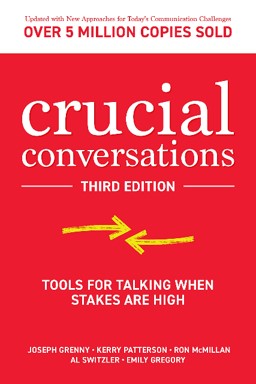Project 2: Building An Innovative Curriculum
Technology-Enhanced Project-Based Learning for Newcomer Emergent Bilingual Students

Understanding the Need
The United States has seen a huge influx of individual and family immigrants seeking residence in the United States. This has consequently lead to an increase in the number of newcomer English learners in Texas schools. Newcomer English learners, or newcomer emergent Bilingual (EB) students, are students who are in their first 3 years in a U.S. school. These culturally and linguistically diverse students are unique in that they are required to be taught and learn subject-related learning standards in all content areas, but many have little to no knowledge of English, the main language of instruction. In the write up for this project which can be found below, I demonstrate how I am working on a two-person team to build an original, enriching, and engaging Reading curriculum, called the ELLA Curriculum, that supports the unique needs of newcomer Emergent Bilingual students in grades 6 – 8.
The Inception
The ELLA Curriculum, which is a technology-enhanced, project-based curriculum for newcomer Emergent Bilingual (EB) students was conceived in 2022 when my teammate and I noticed a critical shortcoming in the education of EB students in our school district. Specifically, EB students were using the same computer-based Reading/English Language Arts curriculum that general education students were using, but the EB students had not yet acquired enough English to successfully work in the platform. Additionally, the program did not offer adequate linguistic accommodations for newcomer EB students.
Therefore, we offered to use resources we created when we previously worked as Reading teachers as a baseline to build out a Reading/Language Arts curriculum specifically designed with EB students’ unique needs in mind. Although this was outside of our regular job duties and an immense balancing act, we were compelled to take action because we wanted to ensure the newcomers were given a better chance at success in middle school with content and activities that is linguistically accessible and authentically engaging. We also believe that language should not be a barrier to education.

Here is a link to the innovation proposal letter we plan to send out during phases 3 – 4 of our implementation outline. Additionally, in the accordion table below, you will find our innovation plan outline which details the progress we’ve made thus far and shows how we plan to proceed with our idea.
Innovation Implementation Outline
Literature Review
After starting my graduate degree in Applied Digital Learning (Summer 2023), I completed a literature review on Technology-Enhanced Project-Based Learning (TEPBL) for Emergent Bilingual (EB) students. I was particularly interested in the potential of TEPBL to provide EB students with authentic and meaningful learning experiences that tap into their interests and foster a sense of relevance. I also wanted to learn more about how the use of technology can enhance EL students’ language proficiency and academic skills.
My literature review found that TEPBL has a number of benefits for EL students. First, it can increase motivation by providing EL students with a purposeful and engaging context for learning. Second, TEPBL can enhance language proficiency by providing EL students with opportunities for immersive language experiences. Third, TEPBL can improve academic performance by promoting critical thinking, problem-solving, collaboration, and creativity. You can find my literature review below.
Students' Perspectives
The videos below provide glimpses into two of the video interview exit surveys we conducted with newcomer EB students who completed the inaugural Technology-Enhanced Project-Based Learning reading and language arts curriculum – Phase 2. Our initial implementation of this project has underscored the effectiveness of Project-Based Learning in captivating the interest of newcomer emergent bilingual students. The students were particularly enthusiastic about the autonomy they had in selecting their project topics, taking charge of their educational journey, and using technology to bolster their language proficiency. Moreover, they found the integration of reading and language arts standards into the curriculum to be both enjoyable and enriching.
Nabiullah: First-year student from Afghanistan
Daniella: First-year student from Venezuela
Annotated Bibliography
I am always looking for ways to improve my practice and create a more engaging and effective learning environment for students. Here are some books I plan to read on change management, project-based learning, and curriculum writing so that I can continue to improve my skills in these areas and become an even better effective curriculum developer.
*Amazon affiliate links
Related Links
- The Why, How, and What of Our Curriculum Building Journey
- Designing Significant Learning Experiences for Newcomer Emergent Bilingual Students – Fink’s 3 Column Table
- Designing Significant Learning Experiences for Newcomer Emergent Bilingual Students – Understanding By Design Template
- Professional Learning Outline – Conversation Practice: Strategies to Improve Speaking for Newcomer Emergent Bilingual Students
- TEPBL Strategy for Influencing Change
- Installing the 4 Disciplines of Execution (4DX)
- Self-Differentiated Leadership and Crucial Conversations
